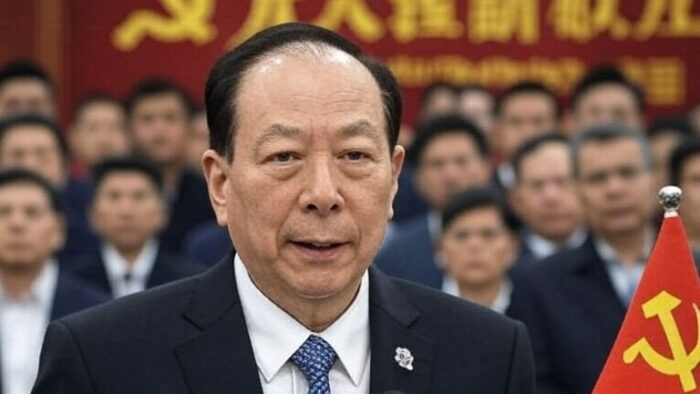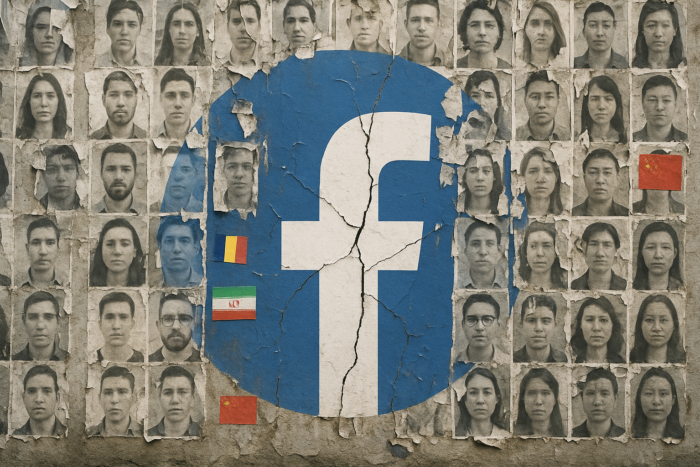A pro-Orban group purchased Hungary’s most-read tabloid in a media consolidation move just months before national elections. On 31 October 2025, Agence France-Presse reported that Swiss media company Ringier sold its Hungarian media division including tabloid Blikk to Indamedia, a group seen as close to Prime Minister Viktor Orban’s Fidesz party, prompting opposition leader Peter Magyar to accuse the government of taking over remaining major media outlets. The article begins:
Swiss media company Ringier announced Friday that it has sold Hungary’s most-read tabloid and other major publications to a Hungarian group seen as close to Prime Minister Viktor Orban’s Fidesz party. Since Orban’s return to power in 2010, many independent media outlets in Hungary have either gone out of business or been bought by his business allies and turned into pro-Fidesz organs, while public media have been forced to toe the government line. The announcement of Ringier’s sale of its Hungarian media division to Hungary’s Indamedia group comes less than six months ahead of national elections in spring, where Orban is facing an unprecedented challenge to his 15-year premiership from an opposition leader. Hungary’s most-read tabloid Blikk is among the titles acquired by Indamedia. As one of the top five news sites in the Central European country of 9.5 million, Blikk reaches about 3 million online readers monthly, according to the National Media and Infocommunications Authority.
Read more: https://courthousenews.com/pro-orban-group-buys-top-hungary-tabloid-from-swiss-owner/
Key Points
- Indamedia acquired Blikk, Hungary’s most-read tabloid reaching approximately 3 million online readers monthly, along with a women’s magazine, an online health portal, and other publications from Swiss company Ringier.
- Opposition leader Peter Magyar accused Fidesz of taking over remaining major media outlets, stating that Orban and his allies are so terrified of losing the election they are no longer trying to keep up appearances.
- Indamedia’s flagship publication Index made international news in 2020 when journalists resigned en masse over alleged political interference, months after a powerful pro-Orban businessman acquired a 50% share in the company.
- Since Orban’s return to power in 2010, many independent media outlets in Hungary have either gone out of business or been bought by his business allies and turned into pro-Fidesz organs.
Global National Conservative Alliance: Media Control as Blueprint for Authoritarian Power
The Global National Conservative Alliance unites right-wing movements worldwide under principles of national sovereignty and opposition to global institutions, with Hungary serving as the central hub bridging European and American conservatives. Beyond this ideological coordination, the alliance operates through platforms like CPAC conferences in Budapest where leaders exchange tactics for institutional capture and media control. This network represents a departure from Reagan-era conservatism toward nationalist protectionism, with many of Donald Trump’s appointees having attended these conferences.
Media consolidation forms a cornerstone of this authoritarian playbook. In Hungary, Orbán’s ruling Fidesz Party controls 90 percent of media outlets through systematic takeovers facilitated by regulatory weaponization. Human Rights Watch documented how the government fired over 1,600 journalists from the public broadcaster, replacing them with loyalists who receive explicit instructions on what terms to use and avoid. The 2018 creation of the Central European Press and Media Foundation consolidated approximately 500 media outlets under government-friendly ownership, with Orbán declaring this transfer a matter of “national strategic importance” to bypass competition rules.
American conservatives increasingly embrace this model as a blueprint for political transformation. President Trump’s pressure campaigns against media companies mirror Orbán’s systematic capture tactics through legal maneuvers, financial incentives, and regulatory threats. CNN analysts compared ABC’s suspension of Jimmy Kimmel after FCC threats to Hungary’s democratic backsliding, noting how corporate capitulation occurs individually rather than through coordinated resistance. Similarly, both systems target civil society organizations through sovereignty protection measures that investigate foreign-funded NGOs and independent media.
Orbán’s propaganda machine secured power by controlling news media and destroying political opponents for 15 years, though it now struggles against opposition leader Peter Magyar despite sustained attacks by Fidesz-controlled outlets. The Atlantic reveals that Hungary has become one of the poorest EU nations as this system enriched a small circle of oligarchs while industrial production and healthcare declined. Steve Bannon and Heritage Foundation leaders nevertheless praise Hungary as “an inspiration” for American conservatives, with CPAC conferences becoming crucial platforms for solidifying these transnational bonds and coordinating messaging strategies across continents.
External References:
- I Can’t Do My Job as a Journalist: The Systematic Undermining of Media Freedom in Hungary — Human Rights Watch
- The rise of KESMA: How Orbán’s allies bought up Hungary’s media — International Press Institute
- How to dismantle democracy: Lessons aspiring autocrats may take from Hungary’s Orban — NPR
Disclaimer: The Global Influence Operations Report (GIOR) utilizes AI throughout the posting process, including the generation of summaries for news items, introductions, key points, and, often, the “context” section. We recommend verifying all information before use. Additionally, all images are generated using AI and are intended solely for illustrative purposes. While they represent the events or individuals discussed, they should not be interpreted as real-world photography.










